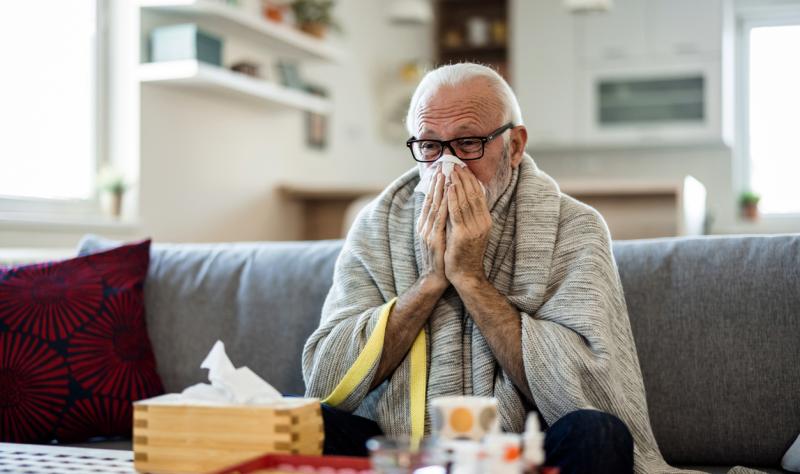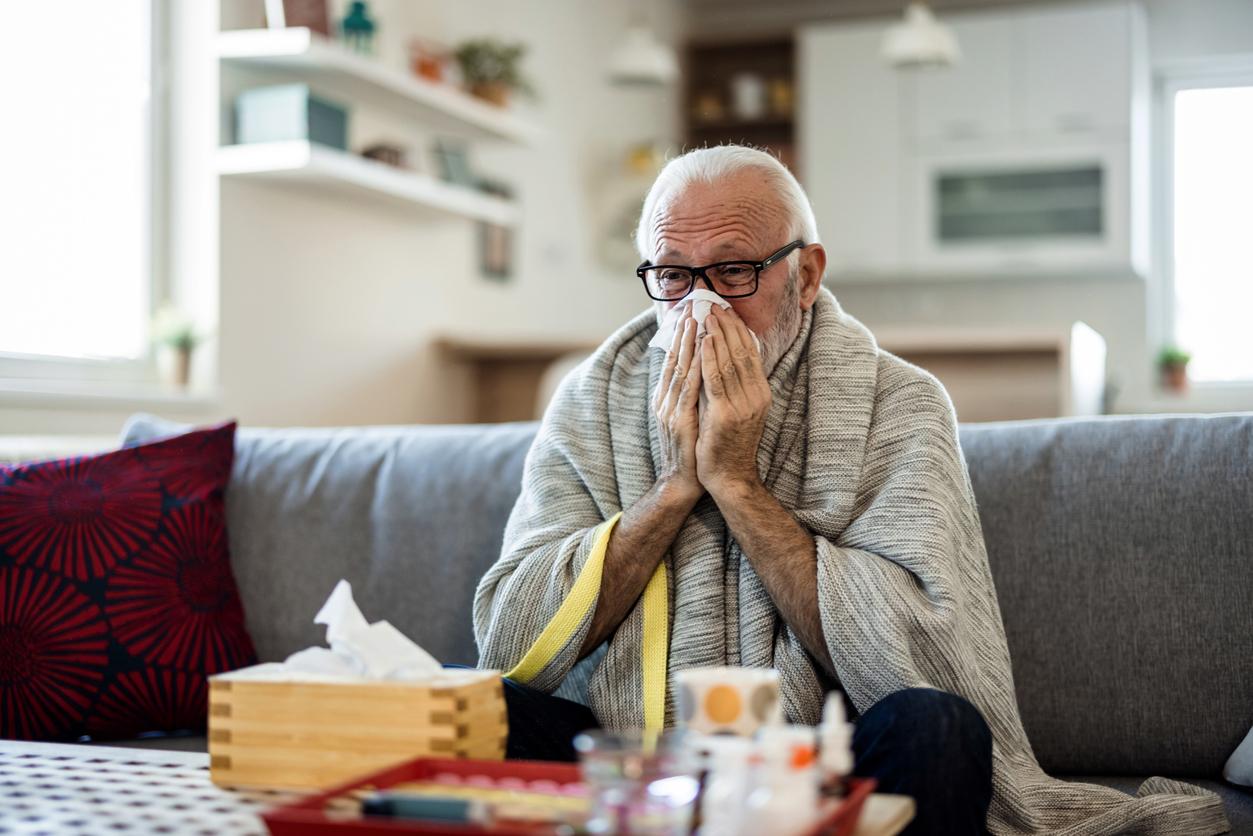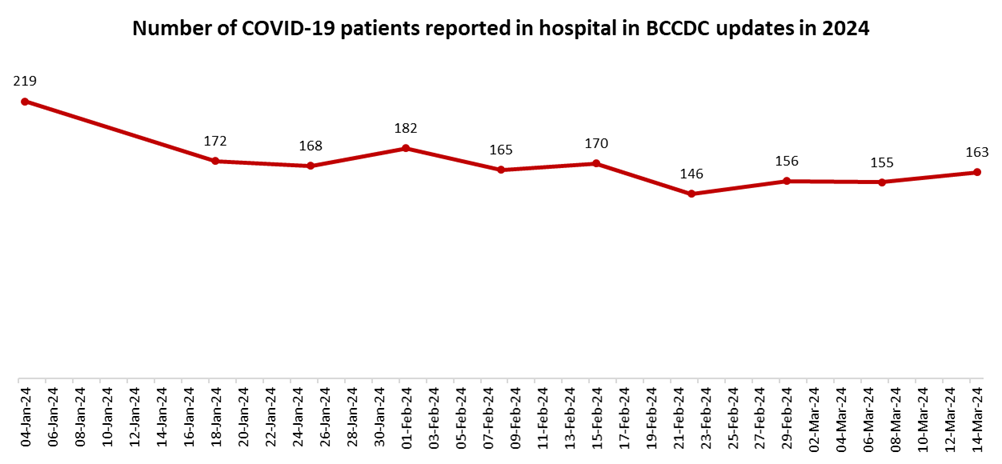Patients, doctors and lawmakers have criticized the federal approach to treat long COVID. Officials say treatments need rigorous scientific study.

www.usatoday.com
Millions of Americans suffer from long COVID. Why do treatments remain out of reach?
Eduardo CuevasKaren Weintraub
USA TODAY
More than a year after catching
COVID-19, Sawyer Blatz still can’t practice his weekly rituals: running for miles in San Francisco’s Golden Gate Park or biking around his adopted hometown.
In many ways, the pandemic isn’t over for the 27-year-old and millions of other Americans. It may never be.
They have
long COVID, a condition characterized by any combination of 200 different lingering symptoms, some of which, like loss of taste and smell are familiar from initial infections and some totally alien, like the utter exhaustion that makes it impossible for Blatz to walk much more than a block.
“I feel homesick for my own city,” said Blatz, a laid-off software engineer who now uses his limited energy to advocate for long COVID patients.
Federal
estimates suggest at least 16 million Americans have long COVID and maybe 4 million of them, like Blatz, who contracted his only COVID infection in November 2022, are disabled by it.
Along with other patient advocates and doctors, Blatz says the pace of government-funded research has been too slow and too small to address a problem of this magnitude. Many with long COVID have been left with debilitating conditions with no benefits yet seen from hundreds of millions of tax dollars poured into understanding and treating the chronic disease.
As Blatz puts it, there are still “zero” proven treatments for people like him.
“The urgency and finances are not meeting the moment,” said Blatz, who has tried more than 50 medications, supplements and exercise regimens over the last year to no avail and who co-founded a group called Long COVID Moonshot to channel “this grief over my life being ruined."
New research is published nearly every week, including recent studies showing that
vaccines can reduce the risk of developing long COVID, that
inflammation can disrupt the normal barrier between the brain and the rest of the body, causing brain fog, and that there are
identifiable changes in the muscles of some people with long COVID, which could explain why exercise wears them out rather than making them stronger.
The complexity of both the disease and the drug development system, not to mention the difficulty of getting doctors to believe them and insurance to pay for visits, has left long COVID patients feeling alone and adrift.
Americans are paying a price.
According to a 2022 analysis, long COVID costs the American economy at least $200 billion a year because of lost productivity, lost wages and medical costs.
And it’s not going to go away without a lot more attention, said David Putrino, who directs Rehabilitation Innovation at Mount Sinai Health System.
“It’s a problem we need to rapidly and aggressively address, otherwise we’re all going to pay for it,” he said.
In a
paper in the journal Science published last week, researchers argue long COVID provides an historic opportunity to rethink acute chronic diseases that result from many infections and to prepare for future pandemics.
“This really needs to be an all-hands-on-deck situation,” Dr. Ziyad Al-Aly, an author of the paper, told USA TODAY. “A bolder approach is needed.”
The government is taking a systematic, comprehensive approach
Congress allocated $1.2 billion in late 2020 to study long COVID and begin to develop treatments.
Nearly 90,000 adults and children joined
studies launched last year testing 13 interventions ranging from drugs like the antiviral Paxlovid, to sleep aids, physical therapy and medical devices.
Earlier this month, it directed another $500 million over the next four years into the
Researching COVID to Enhance Recovery (RECOVER) Initiative, whose mission is “taking a systematic, comprehensive and rigorous approach to improve our understanding of Long COVID and increase the odds of identifying treatments that work.”
The additional money, redirected from a public health reserve fund, will enable more treatment studies, as well as more in-depth research to better understand what’s causing patients’ symptoms, Dr. Gary Gibbons, co-chair of RECOVER, told USA TODAY.
Rather than moving slowly, Gibbons said the federal government is committed to helping patients and is working as quickly as responsible science will allow.
Anyone who doesn’t see that either doesn’t understand the scientific process or doesn’t know what’s going on behind the scenes, much of which the federal government isn’t at liberty to make public because of negotiations with drug companies, he said.
“We all want to move with a sense of urgency to what works, but it's really important that it be definitive, and that we get it right,” Gibbons said. “So that's why we want to do this systematically, in accordance with the norms of rigorous science.”
Advocates say more needs to happen faster
Still, long COVID advocates see the federal effort as anemic, inflexible and slow.
“The current approach is wholly unsatisfactory,” said Al-Aly, chief of research and development at the U.S. Department of Veterans St. Louis Health Care System. Current clinical trials, he said, are “very, very, very small, not ambitious at all.”
The trials might point to a potential treatment, but they won’t provide any breakthroughs, he said.
Instead, tens of thousands of existing drugs should be evaluated to develop lists of candidates that might also work for long COVID patients, and the private sector should be encouraged to develop new treatments.
Right now, large companies are afraid to invest in the hugely expensive process of developing long COVID drugs, he said, because there’s no global agreement either on how to define long COVID or on what improvement looks like.
Gibbons said his agency’s current collaboration with Pfizer, testing its drug Paxlovid in long COVID, should provide a regulatory roadmap for other companies to follow.
Putrino, of Mount Sinai, said he thinks the federal trials are also too simplistic.
Long COVID patients are some of the most complicated he’s ever seen. Delivering a single drug, device or therapy isn’t going to enable someone who can barely manage a shower to suddenly return to work.
He compared the one-drug-at-a-time approach to taking one nail out of someone’s foot while leaving four more deeply embedded.
Instead, researchers need to be testing multiple approaches simultaneously, using complex, cutting-edge clinical trial designs to see which combinations of therapies will help which patients, Putrino said.
Long COVID has a number of different possible causes, including lingering viral particles, clogged blood vessels, previous infections that somehow get reignited and an over- or under-active immune system.
Some patients might have more than one problem. Targeting the specific cause of someone’s symptoms will be essential, he said.
Last week, Putrino’s group at Mount Sinai won a $2.6 million grant from a long COVID-dedicated nonprofit called the PolyBio Research Foundation to support two clinical trials. One will test whether two antiviral drugs used to treat HIV can mitigate symptoms of long COVID. The second will explore whether breaking down tiny blood clots with an enzyme called lumbrokinase can reduce symptoms in patients with long COVID or chronic fatigue syndrome (ME/CFS).
Putrino said his studies will differ from those being done by the federal government because they will match people with specific symptoms and biological indicators to treatments targeted to those symptoms – rather than testing every treatment on everybody with long COVID.
“My hopes for 2024 are we’re going to be much more evidence-based in the drugs that we prescribe because these clinical trials will be informing who is going to respond to which drugs and who is not going to respond to those drugs,” he said.

Both Al-Aly and Gibbons said they see long COVID research as an opportunity to help others with chronic ailments after infections.
Scientists have known at least since the 1918 flu that short-term illnesses can lead to long-term consequences. People infected with that flu strain were at
much higher risk of later developing Parkinson’s. Similarly, people infected with polio in childhood, even those who escaped its worst effects, may get stricken decades later with
post-polio syndrome, a debilitating muscle weakness.
By seeing so many people get sick around the same time and learning how to help those with long COVID, scientists should also be able to help others who struggle to recover or suffer consequences after another infection, Al-Aly said.
“We’ve marginalized these conditions and swept them under the rug for the past 100 years,” he said. “This pandemic is an opportunity to do it right.”











 Hannah Mackay
Hannah Mackay















